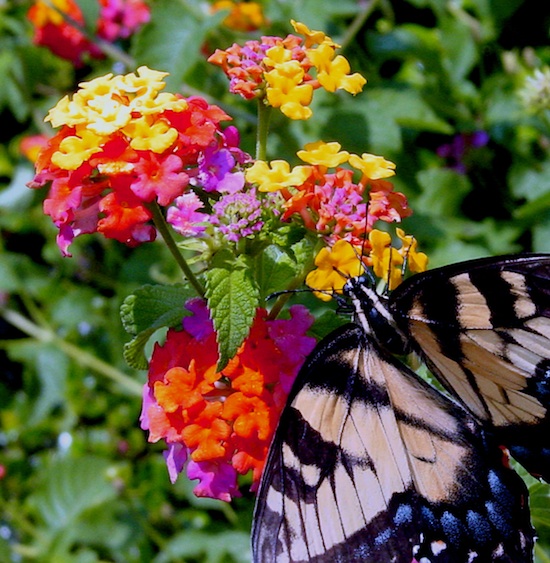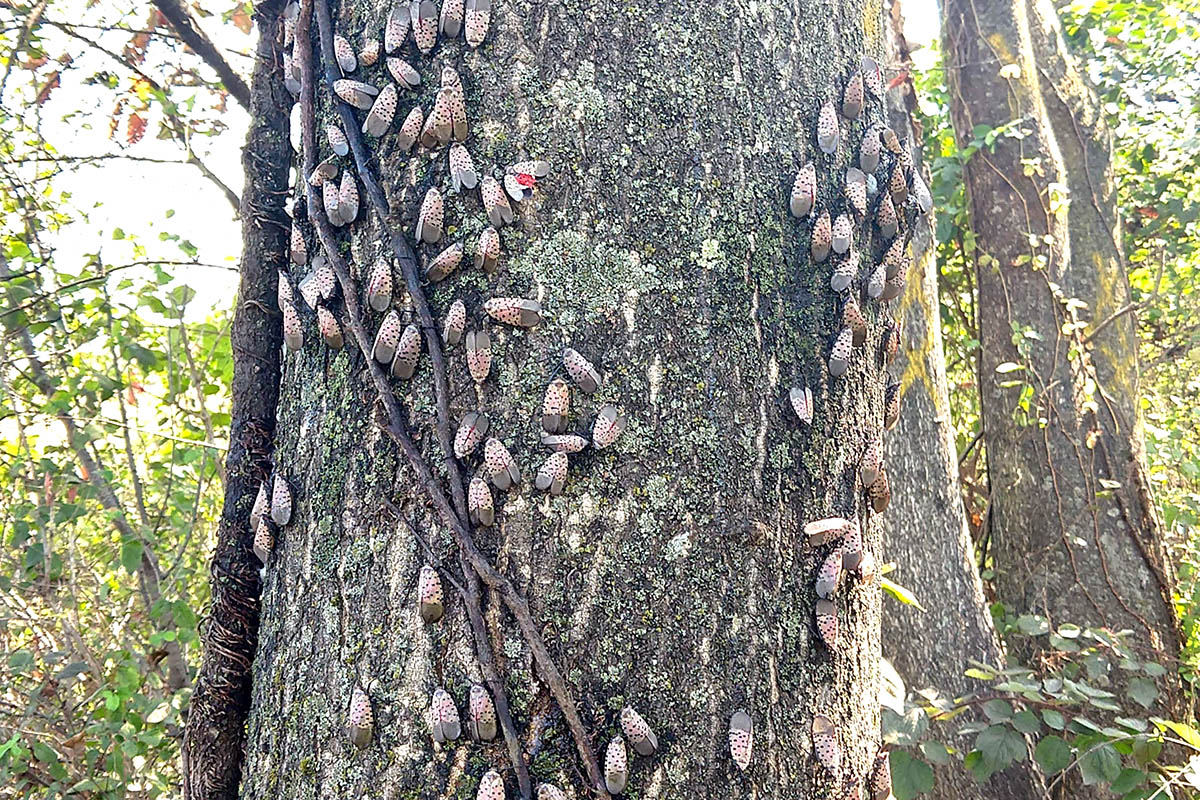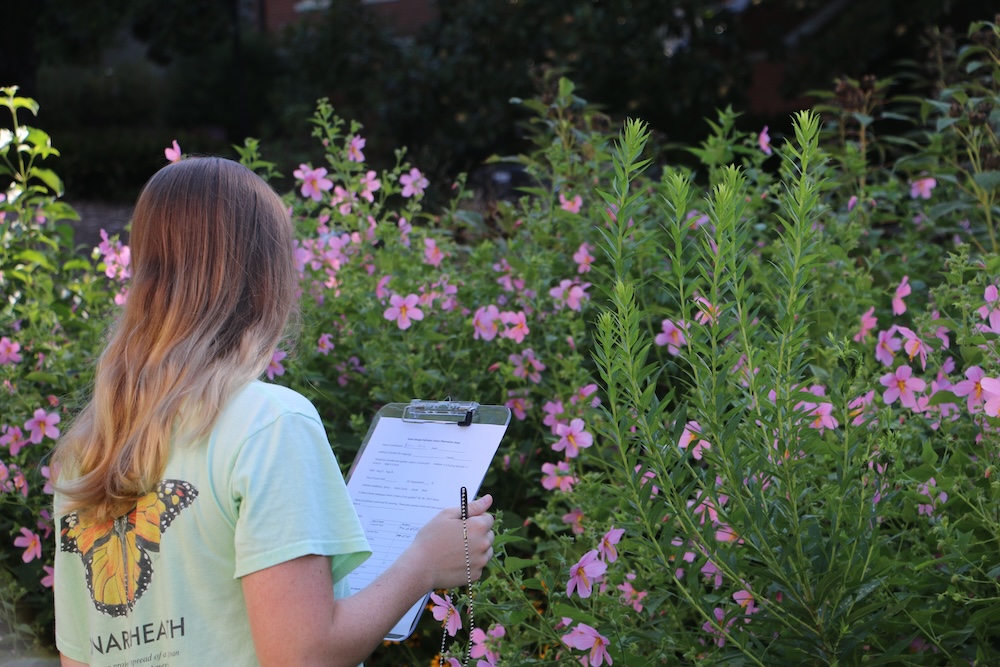The summer heat is making lantana lace bug populations boom and lantana flower blooms decline. If the pests set up residence on the popular landscape plant, they can cause plants to stop producing flowers.
Lantana is known for its colorful flowers that generally bloom from April through October. It’s also drought tolerant and cold hardy. These attributes make lantana very popular in Georgia’s residential and commercial landscapes, as well as xeriscapes, landscapes that reduce the need for supplemental watering. Lantana also performs well in full sun and blooms in an assortment of colors.
As a University of Georgia Extension agent, I have answered numerous calls within the last couple of weeks regarding brown foliage on lantana plants and a reduction in blooms. If this is happening to your lantana plants, be sure to inspect them for the presence of lace bugs.
Lace bugs are probably the most common insect pest found on lantana. Populations of this pest generally do not build up until temperatures climb to 90 degrees F.
Common lace bugs are broad, flattened, rectangular and small, about an eighth- to a fourth-of-an-inch long. Their bodies are usually brown to black and their wings are partially transparent and lace-like in appearance. Immature lace bugs are blackish and wingless, with many small spines projecting from their bodies.
Adult lace bugs deposit eggs on the underside of a leaf along the midrib and then secrete a brownish substance over the eggs to secure them to the leaf. When the leaves become heavily infested, these dark spots are very noticeable.
Lantana lace bugs
Damage on the top of the leaf appears as white, brown or yellow specks caused by the insects feeding on the underside. Heavily infested leaves turn yellow and die from the tips toward the base, dropping off prematurely. Lace bugs can also cause spotted discoloration on the upper surface of leaves, and in severe cases, give new growth a scorched appearance.
The first noticeable symptom on lantana is the partial or complete absence of flowers on otherwise healthy plants. Lantana lace bugs are more commonly found on the underside of the flower parts (or where the flowers used to be) and on the undersides of newer leaves.
Lantana lace bug adults are oval, brown and do not have the characteristic lacy body covering and wings. Nymphs, similar to azalea lace bug nymphs, have spines sticking out from the sides of their bodies and no wings. They appear less elongated than the adult lantana lace bugs.
Treatment
Lantana plants infested by lace bugs need to be treated with an insecticide or they will stop blooming until the lace bug population naturally declines. Without treatment, infested lantana may go a month or more with few or no blooms.
To be effective, insecticide sprays must directly contact the lace bugs. This means plant foliage must be thoroughly sprayed with particular attention to getting the insecticide on the lower surfaces of leaves (as well as flowers and flower buds), where most lace bugs are found. It may take more than one insecticide application to control the pests. Check the plants a week after treatment to make sure you have done a thorough job. Plants can be treated with Orthene (acephate), imidacloprid or other systemic insecticides. Read and follow pesticide label directions carefully.
For more information on how to treat landscape plants for pests, contact your local UGA Extension agent by calling 1-800-ASK-UGA1.








